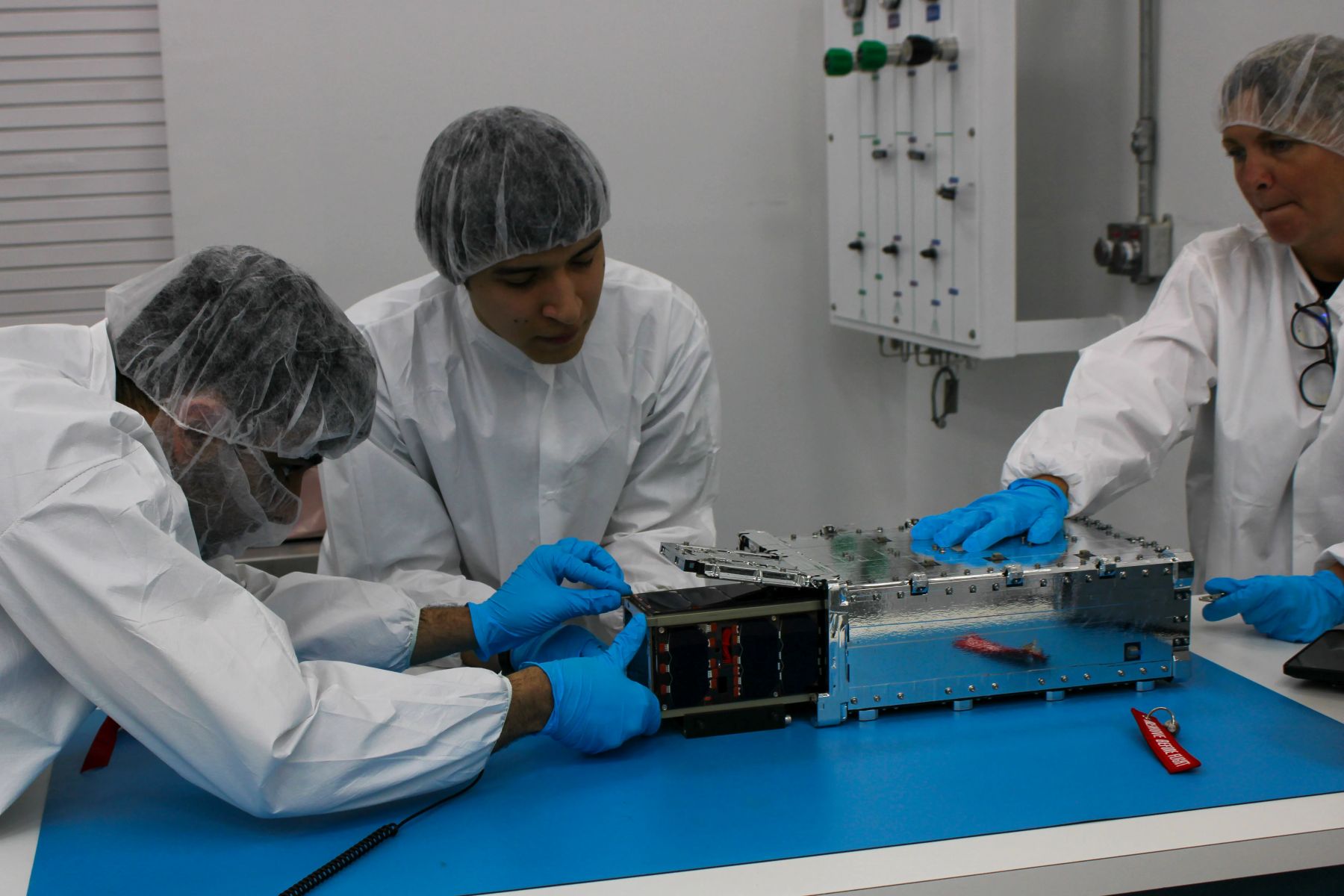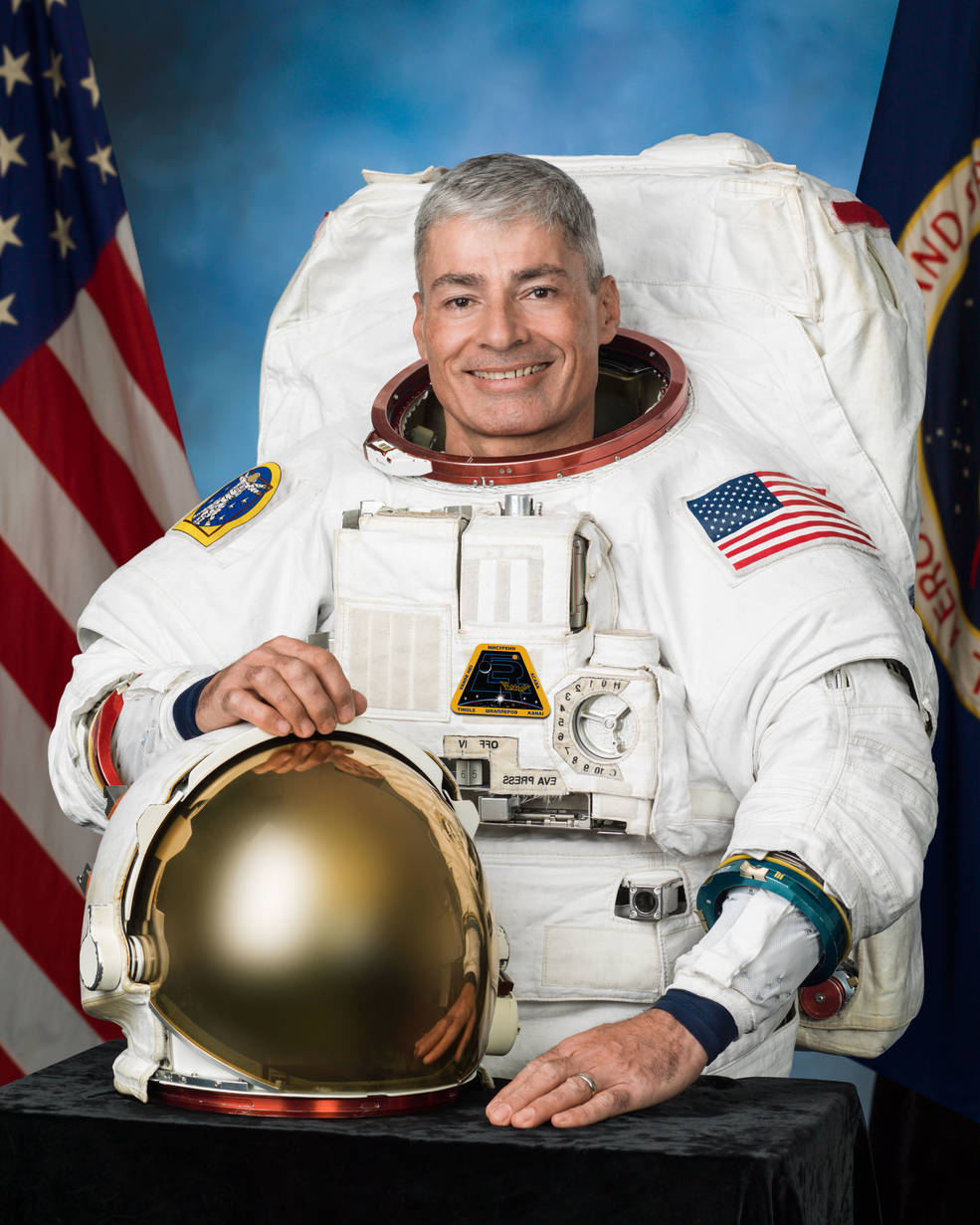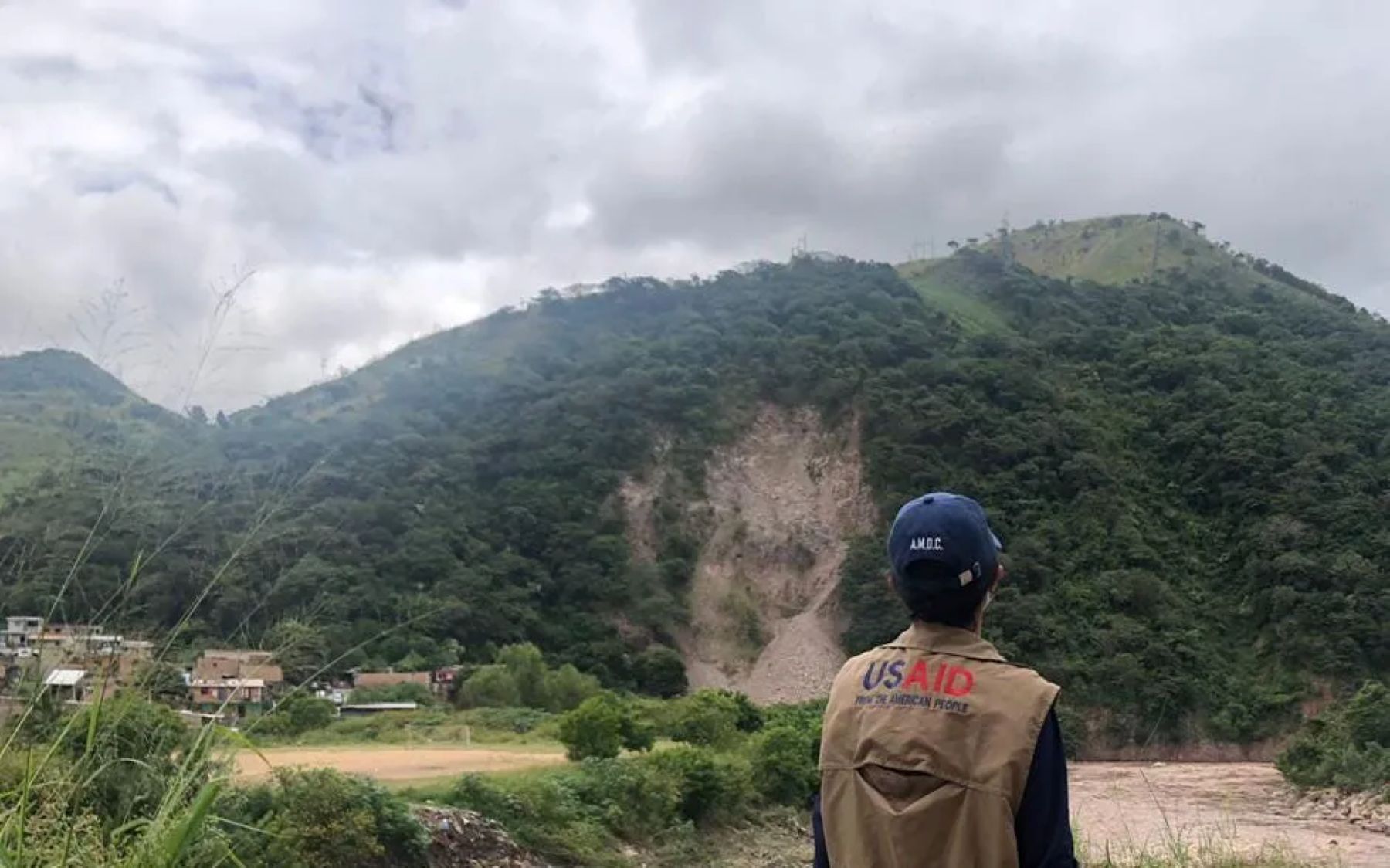NASA CubeSats Loaded for Launch

Eight CubeSats that are part of NASA’s CubeSat Launch Initiative have been integrated into Firefly Aerospace’s deployment hardware and are ready to be encapsulated into the payload fairing of Firefly’s Alpha rocket. The launch, named “Noise of Summer,” will lift off early this summer from Space Launch Complex 2 at Vandenberg Space Force Base in California.
University students from several schools, along with some technicians from NASA, brought their small satellites to Firefly for integration with the rocket. The satellites are designed to perform a range of scientific experiments and technical demonstrations including high-speed communications, cosmic ray detection, climate monitoring, and new de-orbiting techniques.
The CubeSats on the ELaNa 43 (Educational Launch of a Nanosatellite) manifest are:
- CatSat – University of Arizona, Tucson, Arizona
- KUbe-Sat-1 – University of Kansas, Lawrence, Kansas
- MESAT1 – University of Maine, Orono, Maine
- R5-S4 – NASA’s Johnson Space Center, Houston, Texas
- R5-S2-2.0 – NASA’s Johnson Space Center, Houston
- SOC-i – University of Washington, Seattle, Washington
- TechEdSat-11 – NASA’s Ames Research Center, California’s Silicon Valley
- Serenity – Teachers in Space
Students are heavily involved in all aspects of their mission from developing, assembling, and testing payloads to working with NASA and the launch vehicle integration teams. The CubeSats are held to rigorous standards like that of the primary spacecraft.
Firefly Aerospace is one of three companies selected under NASA’s Launch Services Program Venture-Class Launch Services Demonstration 2 (VCLS Demo 2) contract awarded in December 2020. These VCLS Demo 2 missions can tolerate a higher level of risk and help create opportunities for new launch vehicles, helping grow the launch vehicle market while increasing access to space for small spacecraft and science missions.





